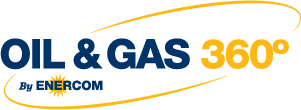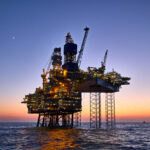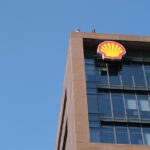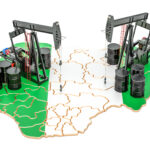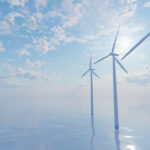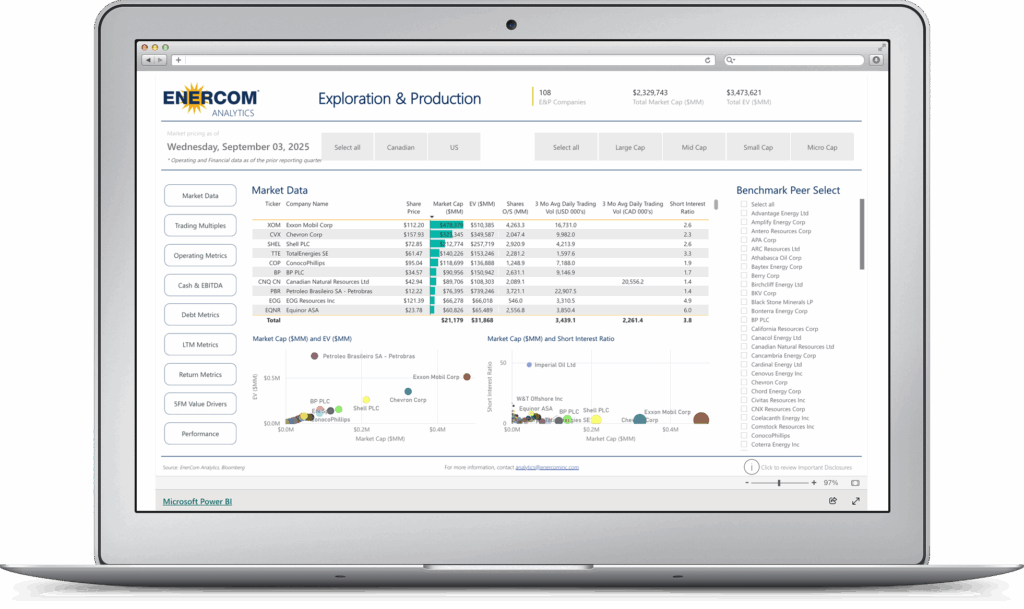11 companies applied for licenses
Norway announced the applicants for its 24th licensing sale, showing a significant decrease in interest in the country.
The round offers blocks in the Barents Sea, which is considered the most important area in the country for new development. In December 2017, eleven companies applied for production licenses, either alone or in groups. Some, like AkerBP and Statoil, are relatively well known, while others are private equity-backed.
- A/S Norske Shell
- AkerBP ASA
- Centrica Resources (Norge) AS
- DEA Norge AS
- Idemitsu Petroleum Norge AS
- KUFPEC Norway AS
- Lundin Norway AS
- OMV (Norge) AS
- RN Nordic Oil AS
- Statoil Petroleum AS
- Wintershall Norge AS
Applications down to record low in recent times due to a rough 2017
Only one supermajor applied in the most recent round, Shell, the fewest since at least 2004. In the 23rd round there were 26 overall applications, with 3 super-majors applying. Chevron and ConocoPhillips made bids in the last round, but have elected to sit this one out.
Rounds 20, 21, and 22 saw much better numbers, with 46 applications submitted during the 20th round comprised of four super-majors and 42 other applicants. Rounds 21 and 22 saw a modest decline, with 37 and 36 applications for each respective year and three super-majors applying in both rounds.
Statoil has been the most active in the Barents Sea, drilling five wells in the past year. The company’s Korpfjell well discovered significant amounts of gas, but not enough to make development in harsh Arctic conditions profitable.
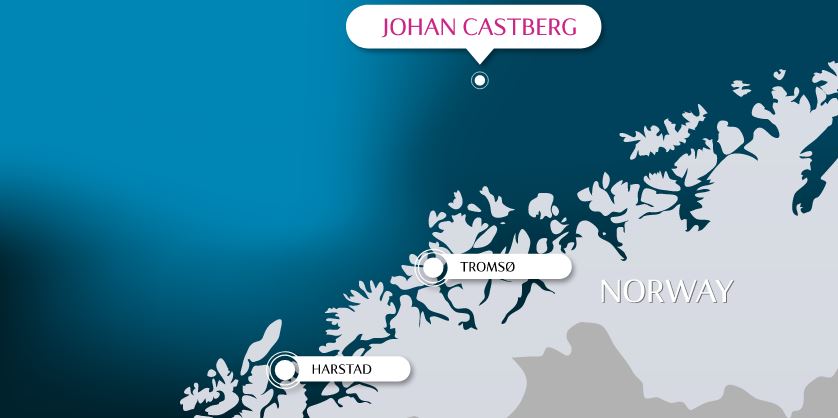
One other well produced economic amounts of oil and will be developed as part of the $6 billion Johan Castberg project. Statoil’s website estimates that there are between 400 and 650 MMbbl of oil in Johan Castberg.
Statoil has five more wells scheduled for 2018 in the Barents and the company will attempt another well in Korpfjell.
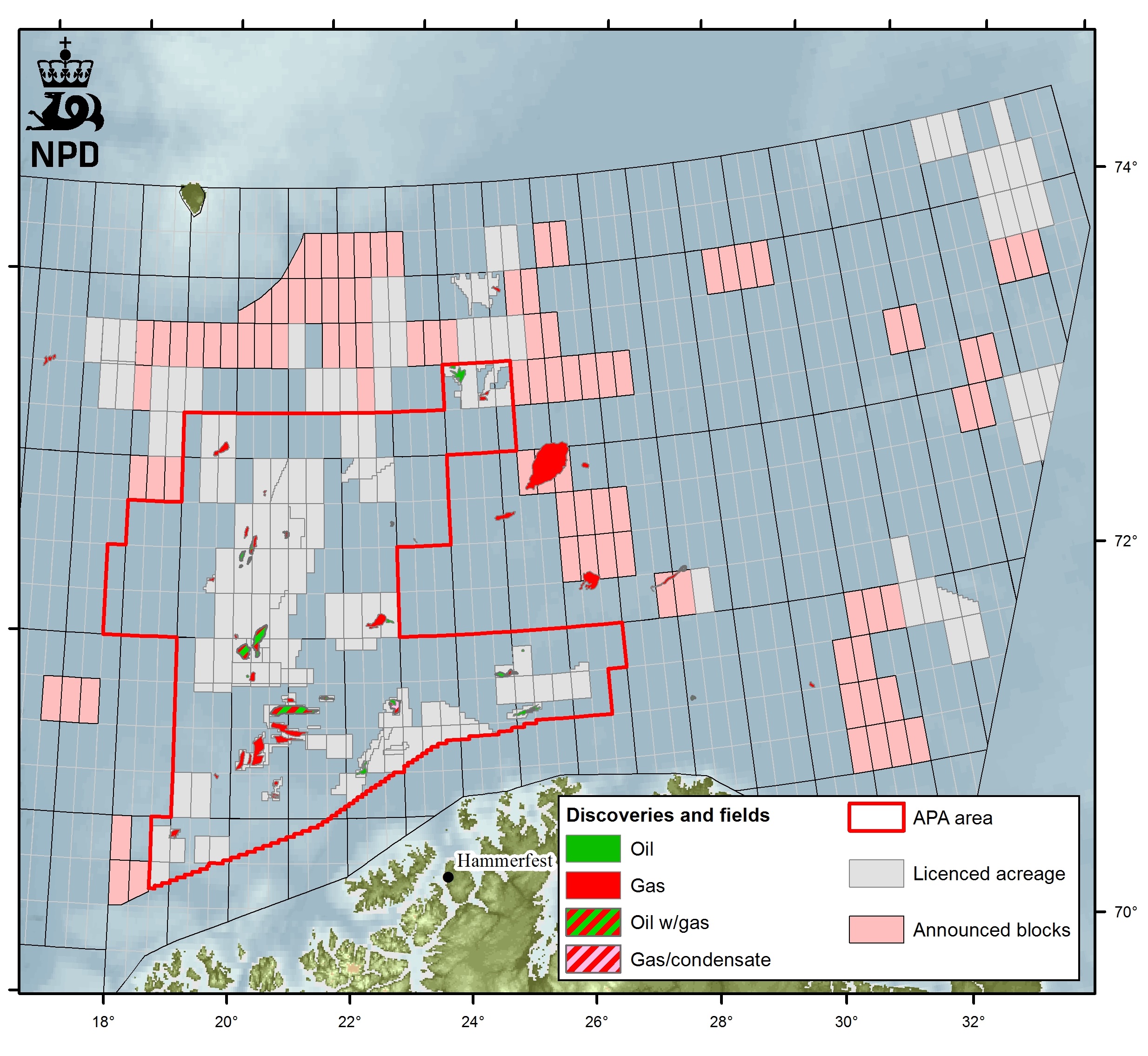
In Norway, before oil and gas production can begin the resources must be proven through exploration activities. This policy is designed to manage resources for the long-term, according to the Norwegian Ministry of Petroleum and Energy’s website.
The Norwegian licensing system consists of two equally important types of licensing rounds: numbered licensing rounds for the least explored parts of the shelf (frontier areas), and awards in predefined areas (APA) for mature parts.
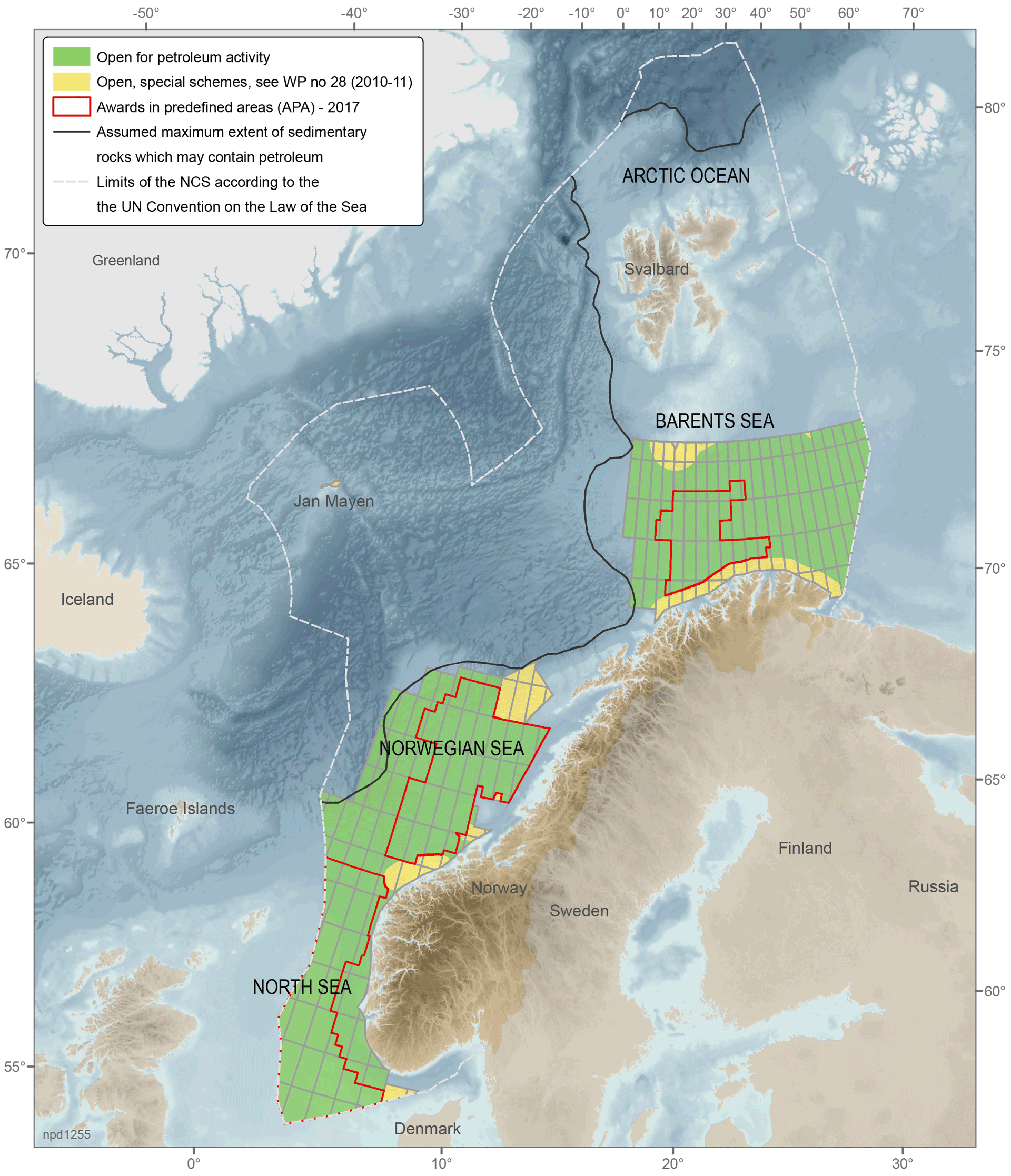
The numbered licensing rounds are used for frontier areas, in other words areas where there is limited knowledge of the geology and a lack of infrastructure, and where there may be greater technical challenges than in mature areas. Numbered licensing rounds have been held since 1965, and in recent years they have normally been announced every other year. The round is opened by inviting oil companies to nominate blocks.
Back in June 21, 2017, the 24th licensing round was announced by the Ministry of Petroleum and Energy. The licensing round includes a total of 102 blocks. No new acreage was opened in the 24th licensing round, as was the case prior to the 23rd round. Nine blocks are located in the Norwegian Sea and 93 in the Barents Sea. The government aims to award new production licenses during the first half of 2018.
“New exploration acreage promotes long-term activity, value creation and profitable employment in the petroleum industry across the country,” said Minister of Petroleum and Energy Terje Soviknes. “Profitable activity on the Norwegian continental shelf provides employment, as well as revenues to the state. Thus, awarding prospective acreage to the petroleum industry is a central pillar in the Norwegian government’s petroleum policy.”
“The announcement of the 24th licensing round is an important contribution to the value creation on the Norwegian continental shelf, and shows our commitment to the government’s petroleum policy. Profitable petroleum activity is important to maintain our welfare and further development of our society,” added Soviknes.
